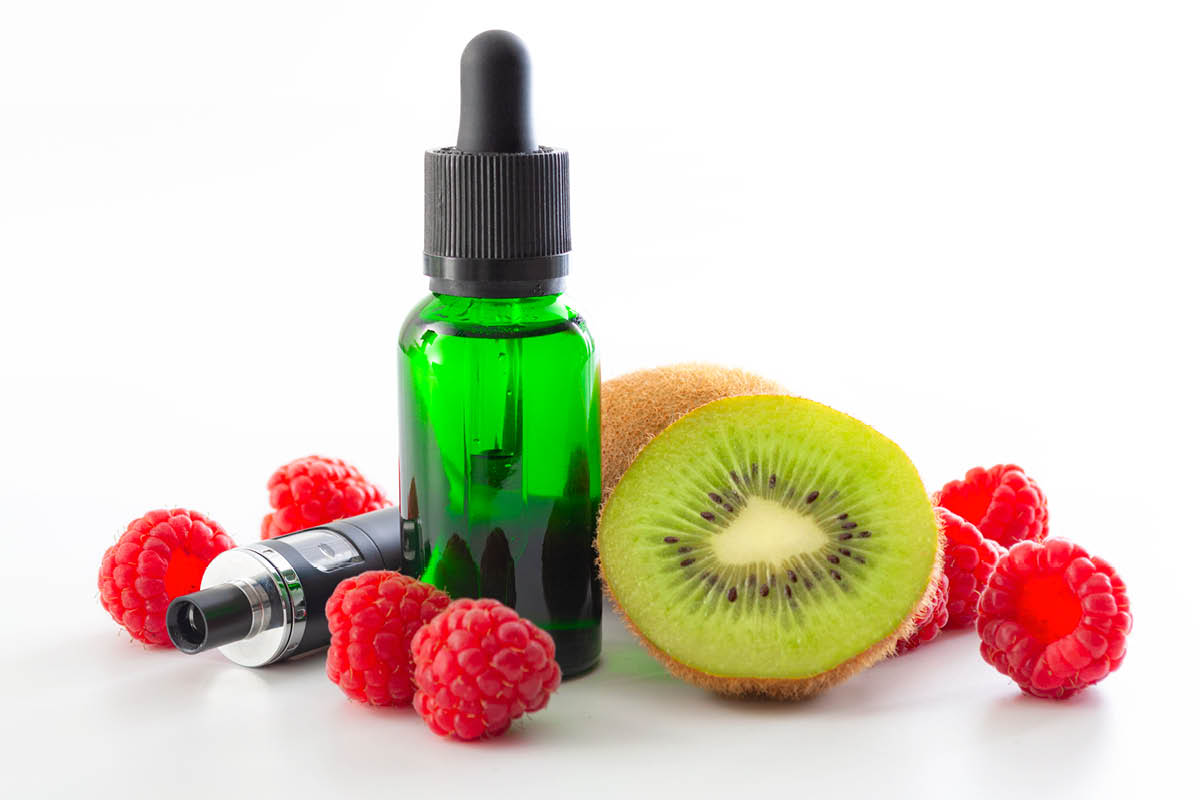Research suggests adults – not just teens – like electronic cigarette flavors

On February 6, the U.S. Food and Drug Administration (FDA) began to enforce a previously-issued policy on unauthorized flavored cartridge-based e-cigarette products with the goal of addressing the current epidemic of youth use of e-cigarettes. A new study by researchers at Penn State finds that adults enjoy sweet e-cigarette flavors just as much as teens, suggesting that the policy may have consequences for adults too.
The researchers studied changes in flavor preference in a group of long-term, adult e-cigarette users and found that, over time, preference for the traditional tobacco, menthol and mint flavors decreased, while preference for chocolate, candy and other sweet flavors increased.
“Our data show that flavors aren’t just popular with the youth, but with adults as well,” said Ping Du, first author of the study published in the Annals of the American Thoracic Society and associate professor of medicine and public health sciences at Penn State College of Medicine. “Many of the participants in our study indicated that they used e-cigarettes as a means to quit smoking or avoid relapse, and these flavors may be part of the reason why they end up using e-cigarettes in the long-term.”
The researchers analyzed responses from 383 adult participants between the ages of 22 and 75 who completed an online e-cigarette survey between 2012 and 2014 and a follow-up survey between 2017 and 2019. In both surveys, participants were asked to name their preferred liquid flavor.
Preference for fruit flavors remained stable while preference for tobacco, menthol or mint decreased over time from 40 percent at baseline to 22 percent at follow up. Preference for chocolate or candy and other sweet flavors was most noticeable in younger adults 18 to 45 years old and increased from 16 percent at baseline to 29 percent at follow up.
In the follow up survey, the participants were asked to describe their anticipated reactions in regards to potential FDA regulations. About 50 percent indicated they would find a way to buy their preferred flavor or add flavoring agents themselves if their preferred, non-tobacco flavors were banned.
Jonathan Foulds, professor of public health sciences at the College of Medicine, indicated that most of the participants in this study used tank-based electronic cigarettes and these e-cigarette users can continue to purchase flavored e-liquids in bottles from vape shops. Consumers may also still be able to access flavors through disposable vapes. However, it is unclear if many of those products will remain available after May 12 — the deadline for manufacturers to submit premarket applications to the FDA in order to remain on the market.
According to Foulds and Du, members of the Penn State Cancer Institute, restrictions on all non-tobacco e-cigarette flavors could help prevent non-users – especially adolescents or youth – from initiating e-cigarette use. Yet, a variety of resources are available to teens and adults who want to obtain flavors that range from online videos demonstrating how to add flavors or make your own liquids to social media networks and websites that make it easier for people to obtain unregulated products off the streets or from foreign countries.
“Unauthorized flavor additions or buying products off the streets is dangerous for personal health since we don’t know what the chemicals are in those products,” Du said.
About 10 percent of respondents indicated that if their preferred flavor was banned, they’d consider going back to smoking. Du said that the results of the study may help clinicians and researchers address the concern that many long-term users state an intention to seek illicit flavor sources if their flavor was banned, which may cause unforeseen health problems.
“We don’t know what the long-term effects of this new policy will be, but the evidence we’ve collected says that adult, long term e-cigarette users with a preference for sweeter flavors may face health risks trying to obtain or make their preferred flavors.”
Rebecca Bascom, Tongyao Fan, Ankita Sinharoy, Jessica Yingst and Pritish Mondal of Penn State College of Medicine also contributed to this research.
This work was supported by the National Institutes of Health and the Center for Tobacco Products of the U.S. Food and Drug Administration. The content is solely the responsibility of the authors and does not necessarily represent the official views of the NIH or the FDA.
If you're having trouble accessing this content, or would like it in another format, please email Penn State Health Marketing & Communications.
